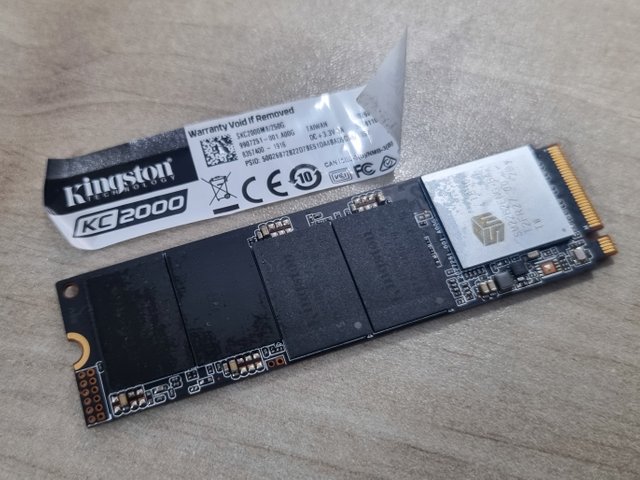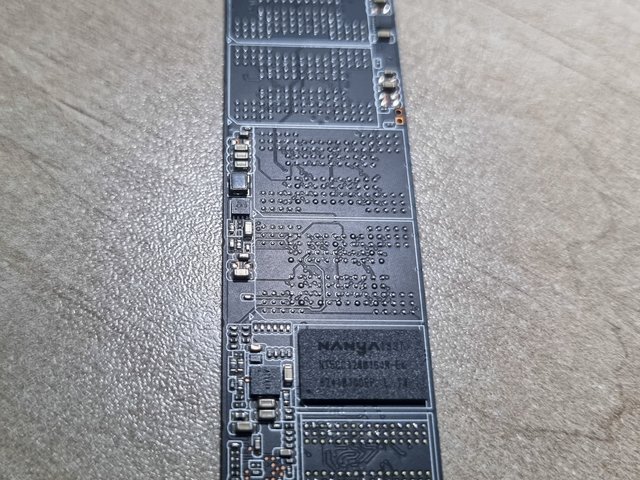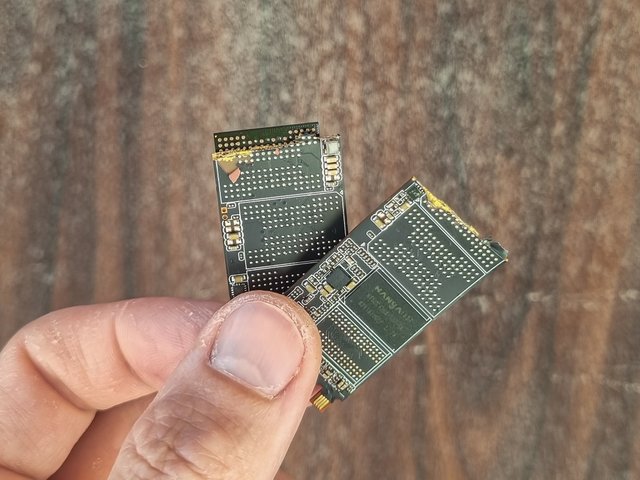Securely Destroying Your Old M.2 SSD
In our life information plays the most important role. I don’t know about others, but I store most of my personal information in digital form. I don’t have photo albums. I don’t have notebooks with passwords and addresses. I don’t have CD disks with collections of movies. I keep everything on hard drives. Yes, I make backups , but that doesn’t change the fact that all my personal data is stored there . Some data I have to encrypt to enhance its security. For example, I store my crypto wallet’s mnemonic phrase inside a JavaScript file with a massive block of code stretched into a single line, so when you open it in Notepad it just looks like a wall of code — hard to read. Can you imagine how much text that is? And only I know where to look for the right fragment.
I still remember the time when flash drives first appeared. When they first hit the stores, 4 GB of memory cost around $50. It was a crazy price for such a small thing. Today, for that money, you can buy a 1-terabyte external SSD. Times change, technology moves forward, and there’s no escaping progress.
A few days ago, my M.2 SSD started showing signs of reaching the end of its life cycle, and I had to replace it. It served me faithfully for 6 years, never caused trouble, but nothing lasts forever. First, the computer froze during boot. I barely managed to get into Windows. After many tests, I decided to reinstall the system, but two days later the problem happened again. During a second check of the drive, I discovered that many sectors were simply unreadable. I just don’t understand why I didn’t catch this issue during the earlier tests before reinstalling the system . After consulting with a friend who is a specialist in PCs, I decided to replace the SSD with a new one.
Take a look at the back of a solid-state drive. Through the glossy surface, you can see traces like on any microchip like on a motherboard — through which electricity flows, information is transferred , data is exchanged. If you run your finger along this surface, you can feel slight imperfections , thin lines like veins on a leaf. When I run my finger over it I get strange feelings. I’m even a bit ashamed to admit it, but it feels like some kind of fetish . And if you think about it, these channels have carried terabytes of information, banking data, movies, personal videos, entire lives, pornography, research, memories both good and bad.
What should you do with an old solid-state drive? How can you destroy it so that no one can recover any of the information stored on it ? There are many ways. You could burn it. Throw it in a river or the sea. Douse it in acid!.. Sure, those are all effective :) But why go to such lengths? The simplest and most effective way to destroy an SSD is to break it in half. When you snap an SSD , the pathways that transmit power and data are destroyed. The controllers get damaged. Even the NAND-chips themselves may be harmed.
So, if you need to destroy your old M.2 SSD, don’t overthink it. Just grab a tool like pliers, and break the board in half. Quick, reliable, brutal.
Best regards,
@maxiss



